everyone knows that leather shoes made in italy have a good reputation.
Italian leather shoes have the best designs of men’s and women’s shoes.
with a pair of fancy Italian leather shoes, you will look more fashionable.
It is commonly believed that Italian footwear is of the highest quality and should be considered among the greatest shoes available everywhere.
Italian shoes are well-known for their handcrafted leather, quality stitching, durability, and elegant appearance.
This reputation stems from Italy’s long and illustrious history in the tanning of leather as well as the country’s enthusiasm for shoemaking.
However, what characteristics give Italian shoes their world-renowned reputation? The art of making Italian shoes is a craft that is refined through meticulous attention to detail that is applied to each stage of the manufacturing process.
The fact of the matter is that Italian shoes are the greatest because quality is of the utmost importance at every stage of production, beginning with the tanning of the hide and continuing all the way through to maximizing the potential of your wonderful footwear.
What characteristics distinguish Italian leather from other types of leather?
One needs to begin with the tanning process in order to get a full appreciation for the level of attention to detail and quality that goes into every pair of shoes made in Italy. The manufacturing of leather is one of the most important and difficult processes in the process.
Leather produced in Italy is obtained from the cowhides of the same cows that are used to generate high-quality foods.
This eliminates unnecessary waste and cruelty to the stock while assuring that the leather comes from cows that have been bred and kept specifically to provide high-quality commodities.
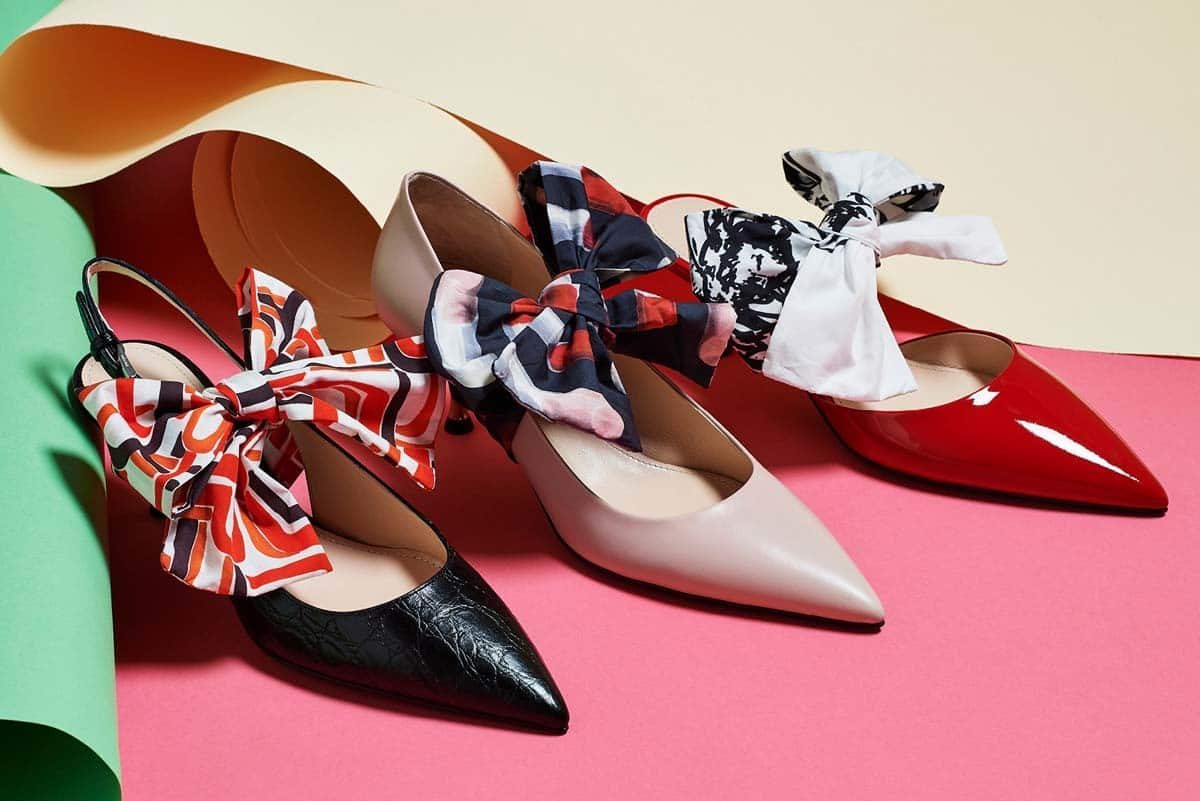
Not only is Italian leather distinctive due to the process by which it is crafted and the fact that successive generations of tanners have spent ages honing their art, but it is also distinctive due to the fact that it is resilient, long-lasting, and smooth.
Because it is tanned using natural processes and vegetable tannins, Italian leather has a high level of resistance and elasticity, both of which are desirable qualities in a high-quality leather product.
The Italian tanners of Tuscany are responsible for the development of this method of vegetable tanning, which has been employed for generations by craftsmen and even entire towns that are dedicated to the art of tanning.
This method has been implemented in several different locations all around the world, but the only place you’ll get genuine Italian leather produced by hand is in Italy.
The complexes that are formed when the vegetal tannins of the hide interact with the protein of the hidden result in the formation of a one-of-a-kind pattern, and the leather has its distinctive aroma as a result.
If you look closely at the grain, you’ll notice that Italian tanners often only work with two distinct grains for the leather they produce.
This allows Italian leather to be easily recognized. Full grain leather is dense and also the type of leather that is the most resistant and strongest.
Because it has not been sanded or buffed, it has retained its natural skin pattern and subtleties, giving the leather a singularly distinctive feel.
Top grain is the second form of grain, and it is distinguished from full grain by its suppler texture and a greater degree of pliability.
The top grain is made from the layer of the hide that is the most superficial. It has a sanded surface and is often coated with a topcoat, but it does not develop the sheen and luster that other treated leathers do. It does not have the same natural appearance, but it is much more resistant to stains and quite useful for use in day-to-day life.
It is not always simple to identify Italian leather simply by looking at it, but you can prove that it is legitimate by the trademark variety in hue that gives the leather a more natural and visually attractive look.
Why is leather made in Italy so much more expensive?
Although the cost of Italian leather is typically quite high, the investment is one that will prove to be well worthwhile in the long term.
Because of its long life, high strength, and comfortable durability, it finds application in a wide variety of high-end products, including belts, bags, wallets, shoes, watchbands, and even the interiors of automobiles.
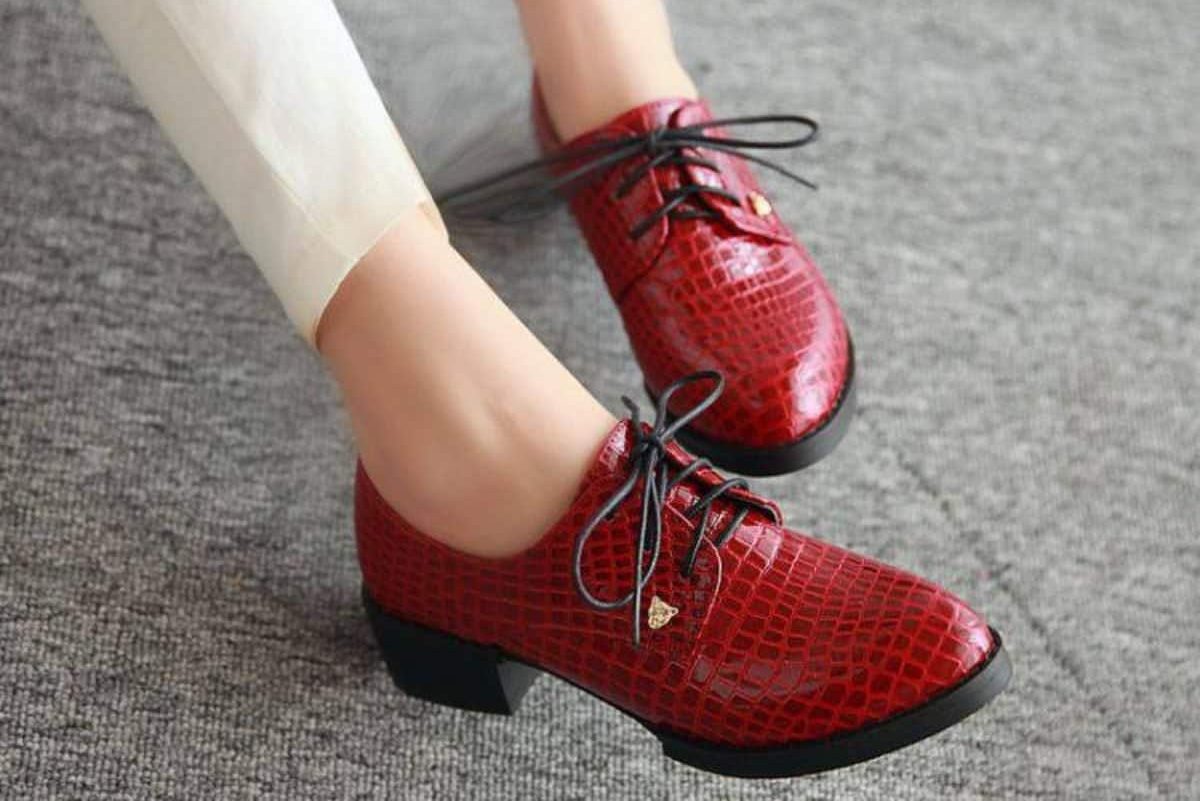
The high quality of the leather that is used in the production of these products is the primary factor that contributes to their comparatively high prices, despite the fact that there are a number of other causes as well.
The leather that is utilized in these products is handcrafted, and it is made by tanners who have the advantage of a long-standing passion and tradition in their trade.
Because leather has played such an important role in Italian society for such a long time, the manufacturing process has only become more sophisticated over the years.
The cost of Italian leather is established not only by the product’s quality but also by the level of expertise of the artisan who crafted it and the length of time during which it can be worn. When you buy something made of Italian leather, you are making an investment in a work of art that you will have the opportunity to appreciate for a good many years to come.
Although Italian leather can be somewhat pricey, there are still leather makers and craftsmen that produce high-quality leather at prices that are fairer if big quantities of the leather are acquired at once.
What characteristics give Italian shoes their reputation as being of the greatest quality?
It’s simple to see why Italian shoes are held in such high regard now that the quality of Italian leather has been confirmed; they’re made of high-quality leather. In addition to the leather upper that has become the brand’s signature feature, the shoe is constructed using a variety of different stitching methods to ensure that it will be durable and comfortable for the wearer for as long as possible.
The Blake, Blake Rapid, and Goodyear stitching techniques are the ones that are used to assemble every single pair of shoes that are made in Italy.
All of these are wonderful qualities to have in shoes, especially ones that are designed to be long-lasting and always be ready to be used.
It is generally agreed that Italian shoes are the classiest and most elegant variety of dress shoes.
Italian shoes are characterized by a shape that is long and slender, thin soles, and supple leather.
These characteristics make them look exquisite when paired with a wide variety of outfits, including business wear and formal attire.
The Italians have a long record of being on the cutting edge of fashion, and they have discovered that old styles can be just as stylish in today’s fashion world as they were in the past.
Similar to Italian leather, the production of Italian shoes requires a significant amount of labor, which results in the shoes’ hefty price tags.
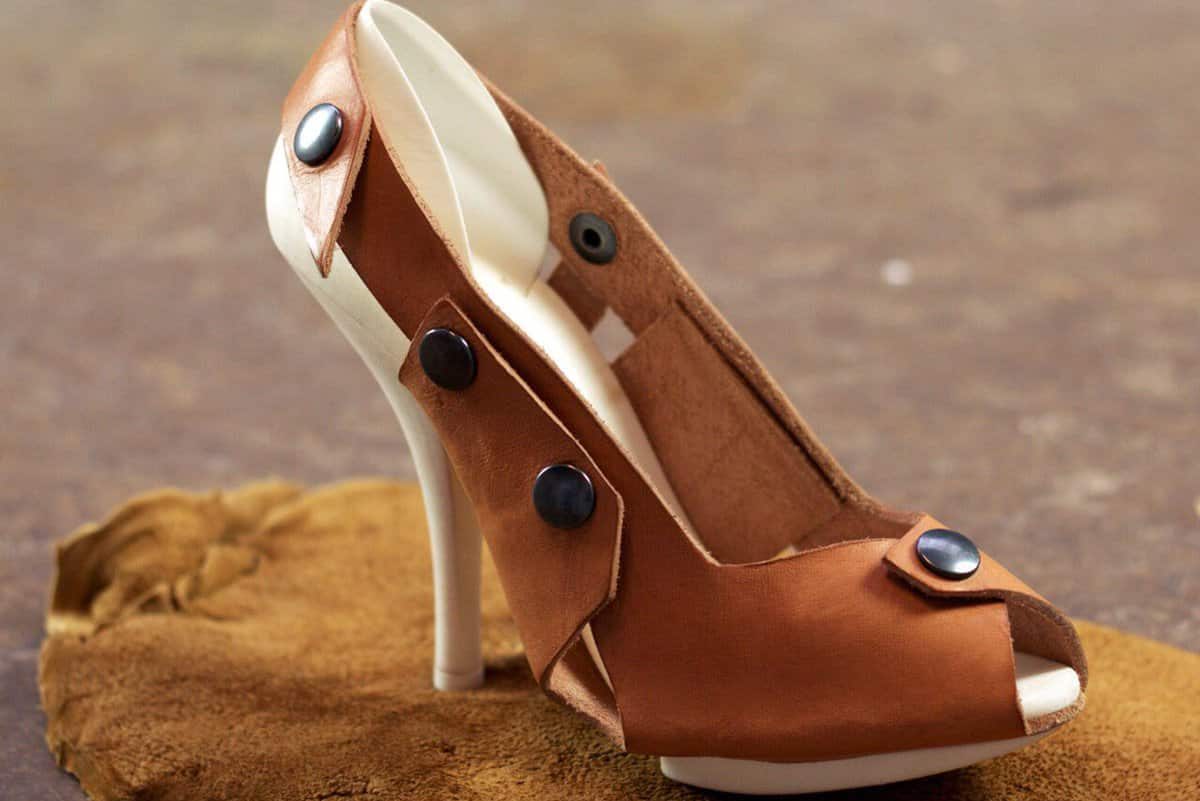
In the same way that an investment in the material itself is for the long term, so too is purchasing Italian shoes.
They are not merely made to have a pleasing appearance; rather, they are made with longevity in mind.
Craftsmanship in the field of footwear has not only been an essential component of Italian culture and the country’s economy in the past, but it continues to play a significant role in both of those realms today as well.
After the war, Italian shoe crafters focused on their craft and used it as a method for reviving their crumbling economy by marketing to American demographics looking for practical but fashionable shoes.
Traditionally, shoe cobblers have distributed mostly to areas within a small radius; however, after the war, Italian shoe crafters focused on their craft and used it as a method for distributing shoes.
Although Italian leather boots are great for work due to their durability and resistance to stains, Italian dress shoes became widely popular in places such as the United States and Britain as fashion began to evolve in the new world climate after the war.
This was due to the fact that Italian leather boots are great for work because of their durability and resistance to stains.
They go well with more formal attire, but because leather is so versatile, dress shoes may also be worn as casual shoes.
As a result, dress shoes are the most convenient and dependable shoes that can be purchased in today’s market.
What steps are involved in the production of Italian shoes?
This particular procedure has essentially stayed unchanged despite the passing of time and the various advances that have been made in the field of clothing manufacturing in recent decades.
Beginning with the design of the shoe itself, the production of Italian shoes is a painstakingly intricate procedure.
Following the creation of a sketch and the establishment of the appropriate measurements, the artisan will proceed to carve a foot-shaped form from a piece of wood, which will be made as a “last.
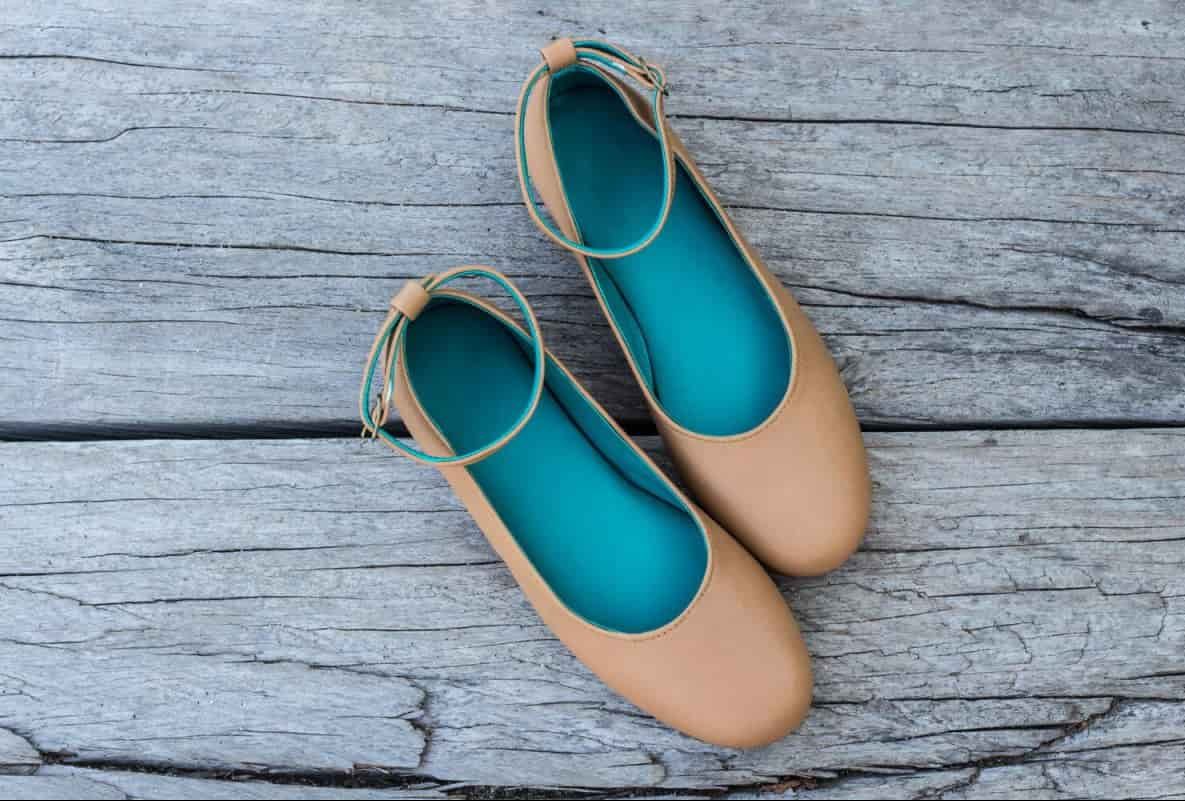
” The proportions from the sketch are used to design and cut out a pattern from the leather, which is followed by the leather being molded around the last to create the shape of the shoe.
The leather is then put together with one of the three different stitching patterns that were described before.
After this, the sole is inspected and fixed by hand to ensure that it has a precise and clean edge.
Because there are so many various traditional ways that are utilized in the process of producing shoes, some people employ a method that involves pegs, which hold the leather in place.
After the shoe has been constructed, the eyelets for the laces will be drilled into it, if the shoe requires this step, and the laces will then be attached.
The shoes are then brushed and examined for any flaws that may have been missed.
After that, the footwear is given meticulous packaging before being distributed to retail outlets or being offered for sale to the end user on an individual basis, with the expectation that it would be used for many years to come.
This method has been used by Italian shoe cobblers for countless generations, and it is still practiced today, despite the fact that shoes can now be manufactured in factories, in which case the stitching is done by machine rather than by hand.
However, this method has been passed down from generation to generation.
Even though each pair of shoes is produced in a factory, a human touch is nonetheless applied to each one to assure the highest possible level of quality and craftsmanship.

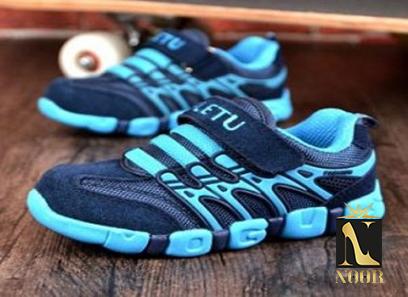

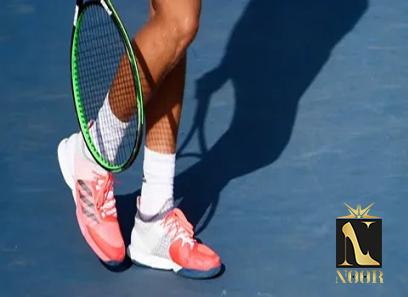

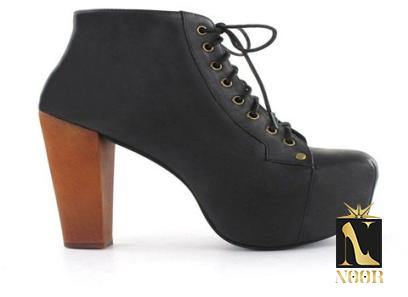
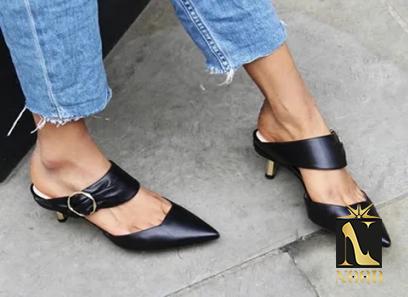
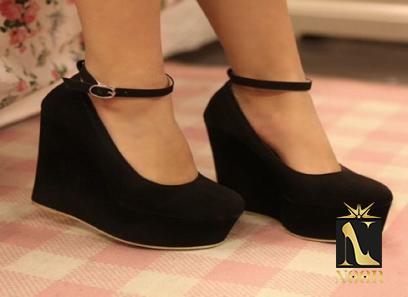


Your comment submitted.